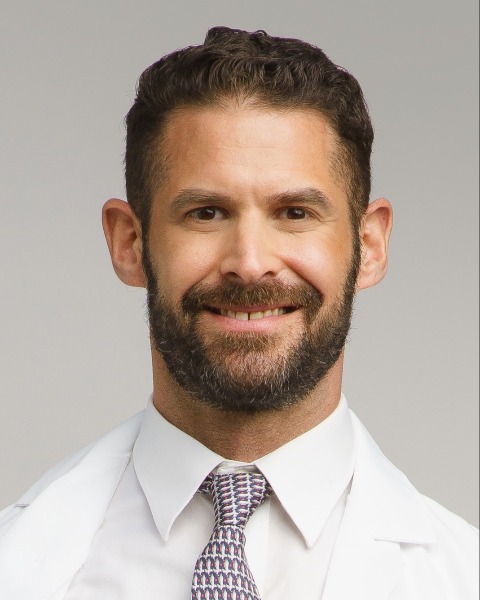Education/Quality/Wellness
Category: Scientific Abstract: Oral/Poster
Implementation of an Early Lung Cancer Navigation Program in the Antelope Valley: Program Development and Early Results in an Underserved Region
D. J.. Raz1, A. Robison2, A. Barzi1, A. Merla1, T. Phillips3
1City of Hope, Duarte, California 2City of Hope, Lancaster, California 3City of Hope, Lancastere, California
1City of Hope, Duarte, California 2City of Hope, Lancaster, California 3City of Hope, Lancastere, California

Dan J. Raz, MD MAS (he/him/his)
City of Hope
Duarte, California, United States
Presenting Author(s)
Disclosure(s):
Dan J. Raz, MD MAS: No relevant disclosure to display
Purpose: Antelope Valley (AV) has the highest rate of lung cancer mortality in Los Angeles County and is home to a large, underserved population, including minoritized and rural communities. We set out to improve lung cancer early detection, diagnosis, and treatment in AV through the establishment of a community navigation program.
Methods: We established the AV-Lung Cancer Navigation Program in December 2022. Patients with high-risk findings on chest CT or newly diagnosed lung cancer were referred to a community navigator who performed a needs assessment, assisted with potential barriers to care including transportation and internet access, and navigated the patient through diagnosis and initiation of treatment. In addition, the navigator engaged community stakeholders and primary care providers (PCPs) in educational events about lung cancer screening (LCS). Here we describe the development of this community navigation program. Referrals and services provided by the navigator were summarized, and participant narratives regarding their experience with the navigator program were collected. In addition, we compared the volume of low-dose chest CT (LDCT) performed for LCS at the regional imaging center during the period since program inception to the year prior to program inception.
Results: Since program inception, 51 participants were enrolled in the navigator program. Of these participants, 20 participants (39%) had suspicious findings on imaging and 31 participants (61%) had newly diagnosed lung cancer. 24 participants (47%) reported one or more needs that were affecting their care. Six (12%) participants received funds for transportation for medical appointments, 2 (4%) received cellular enabled tablets to facilitate telehealth visits, 16 (31%) received social work referrals, and 8 (16%) had other referrals including financial counseling and smoking cessation. A summary of patient narratives is provided in Table 1. Community stakeholders including a community oncology nurse, lung cancer survivors, and a primary care provider were engaged in program development and operations through monthly advisory meetings. The navigator facilitated three LCS educational events for community PCPs. The volume of LDCT performed in the region increased from 320 individual patients in the year preceding program inception to 236 patients since program inception, for an annualized total of 472.
Conclusion: Community lung cancer navigation helped to identify and address barriers to lung cancer diagnosis and treatment in an underserved region. LCS volume improved since program inception, which may have been related to LCS educational events or other factors. The effect of this navigation program on timeliness of lung cancer diagnosis and treatment will be assessed in the future. Resources to support and sustain community cancer navigator programs are desperately needed.
Identify the source of the funding for this research project: National Comprehensive Cancer Network/Astra Zeneca
